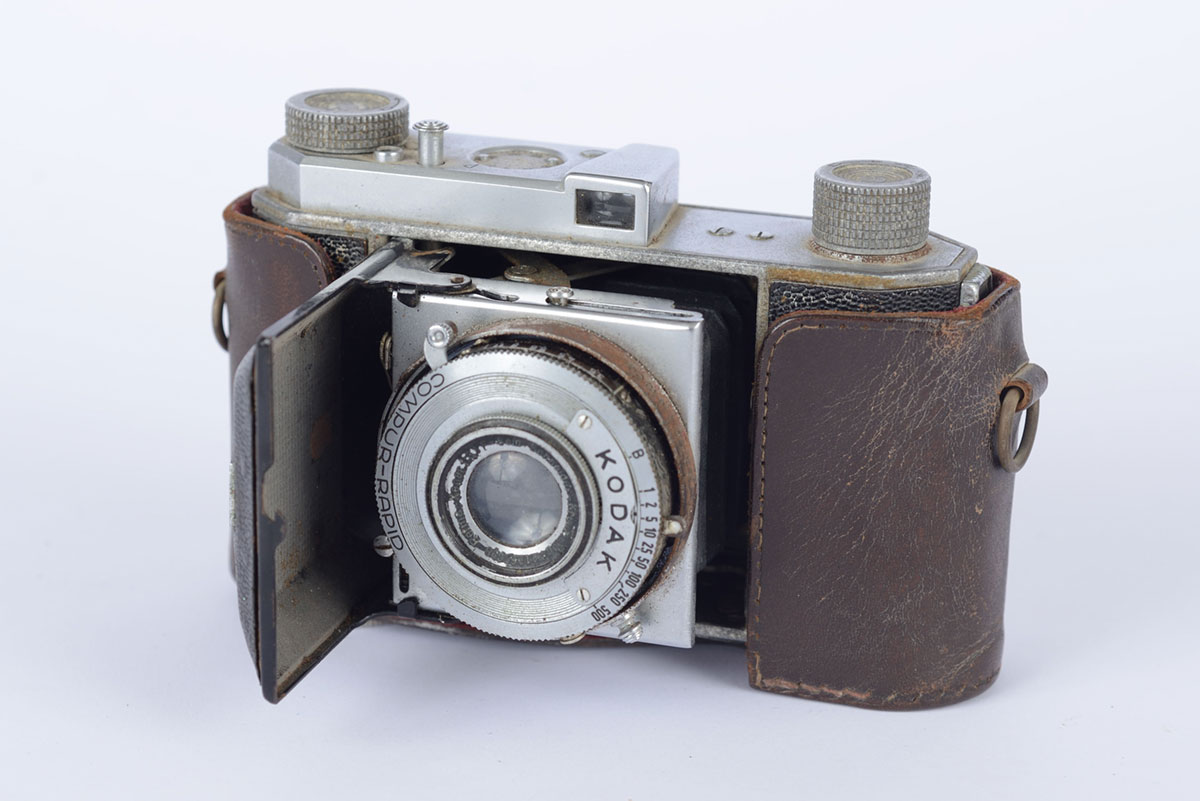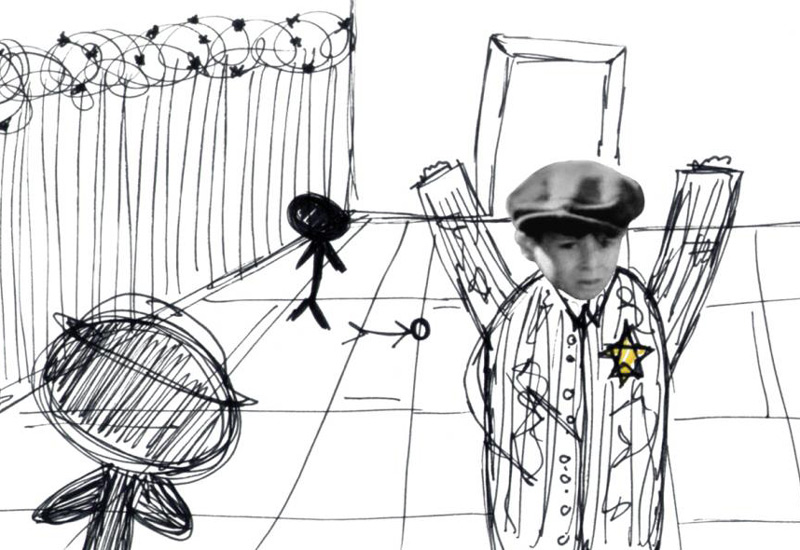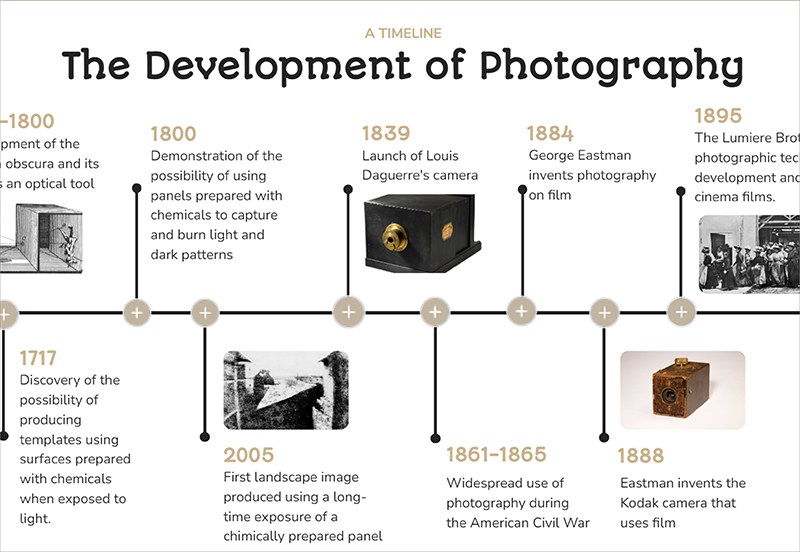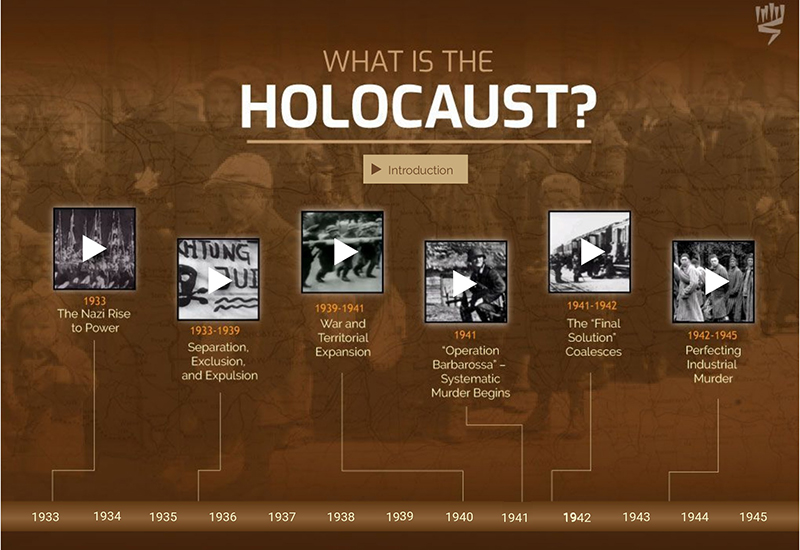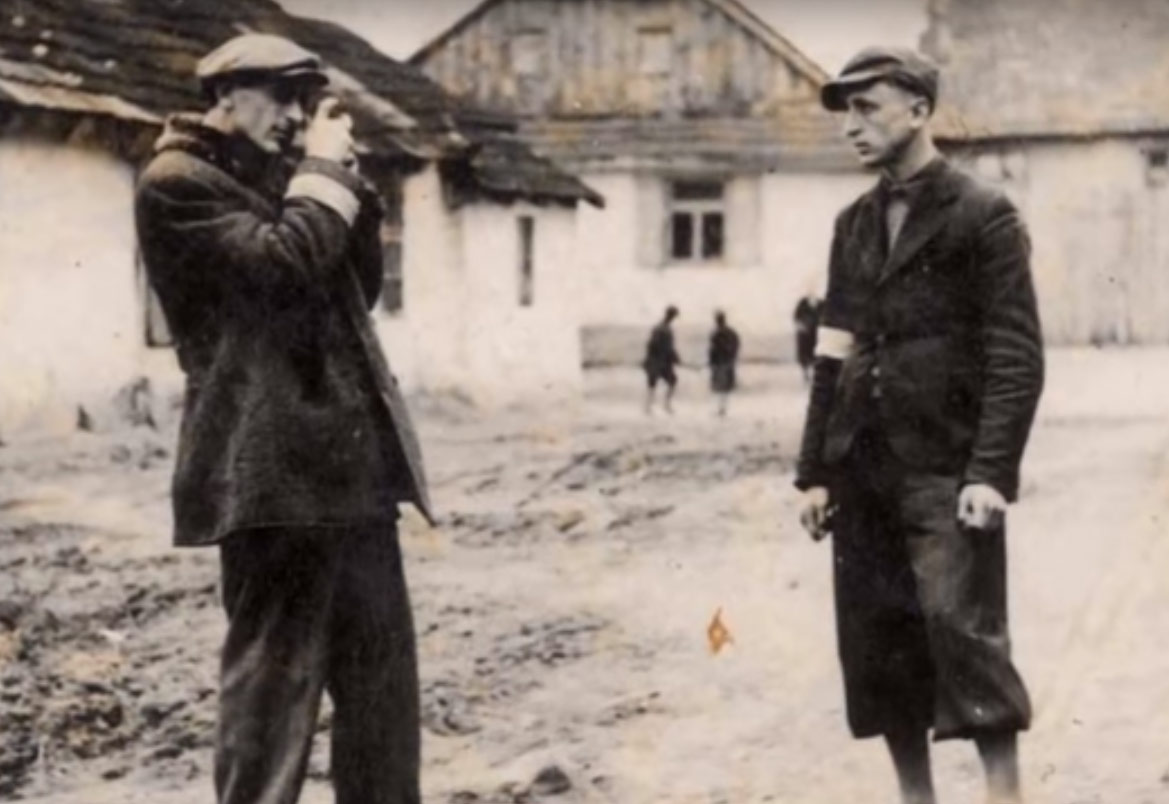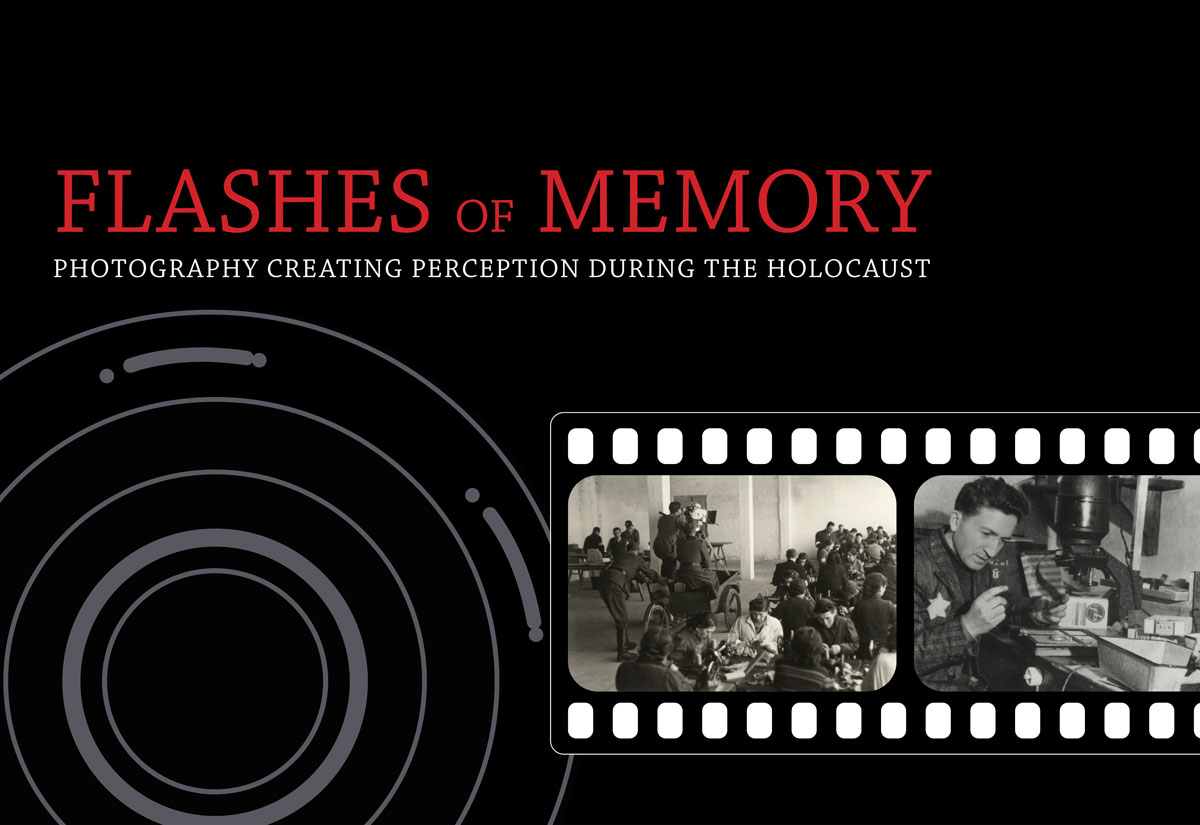This unit, based on the Yad Vashem exhibition Flashes of Memory, provides tools for critical use of historical photographs when learning about the Holocaust. This learning environment will support the students in a world where historical truth is repeatedly challenged, and will trigger reflection on the need for a more responsible use of historical imagery.
According to American scholar Marianne Hirsch, the Holocaust is “one of the visually best-documented events in the history of an era marked by a plenitude of visual documents.” Created during and after the historical event itself, these images form our image and understanding of the Shoah. Even before opening a history book or learning about the Holocaust in school, students already possess a visual knowledge of the event which will inform their studies.
The visual plays a leading role in contemporary societal processes and in the construction of one’s self. Thus, the development of the student’s ability to read an image is critical. Moreover, considering the epistemological crisis of our present time, entailing a constant redefinition of what is the truth, and the undermining of reality, students will be invited to reflect on the indexical nature of photography, to break down the relationship between the images and their subject and to critically evaluate the role of photography as a historical document.
Photography is not just a portion of reality (that leaves out of the frame other elements), but is always also an interpretation of this reality. Students will learn to read a photograph not simply as a “reproduction” but a “reconstruction” of the world.
Images of the Holocaust travel through films, books, theater plays, and function as a bridge that connects us to that past. The educational tool, Flashes of Memory, will support the students in critically reading a photograph and unpacking its significance. In addition, by introducing the students to a selection of historical photographs, this module aims at retelling the story of the destruction of Jewish civilization in Europe.
Another aim of this learning environment is to understand the interactions between knowledge and preconceptions that exist around the subject of the Holocaust.
Flashes of Memory will explore the role that images play in the understanding of complex historical events like the Holocaust, breaking down the tension that exists between visual documentation and historical truth. Ultimately, students will be equipped with the tools to read the images that surround them in their everyday life and reflect on their own responsibility when creating images themselves.
Learn about photography development.
The "Flashes of Memory" interactive learning environment is built in three stages and allows for flexible working modes (individual or group work, plenum discussions). It is recommended to work in a progressive manner without skipping any stage.
Age: 15+
Stage 1: Reading a photograph (Duration: 1.5 hours)
Students will acquire the skills to analyze a photograph as a historical primary source.
Stage 2: Working with thematic photo collections from the Holocaust (Duration: 1.5 – 2.5 hours)
Students will deepen their knowledge about central topics of the Holocaust through the use of photographs.
Stage 3: Icons of the Holocaust (Duration: 1.5 hours)
Students will examine how historical photographs related to the Holocaust are used in a contemporary context. They will be sensitized to use, misuse, instrumentalization, banalization, distortion and even Holocaust denial. They will develop awareness of ethical responsibility around the iconization of Holocaust imagery.
Every effort has been made to locate the copyright holders to obtain the appropriate permissions and apply the correct attributions. If you have any information that would help us in relation to copyright, please contact us.

